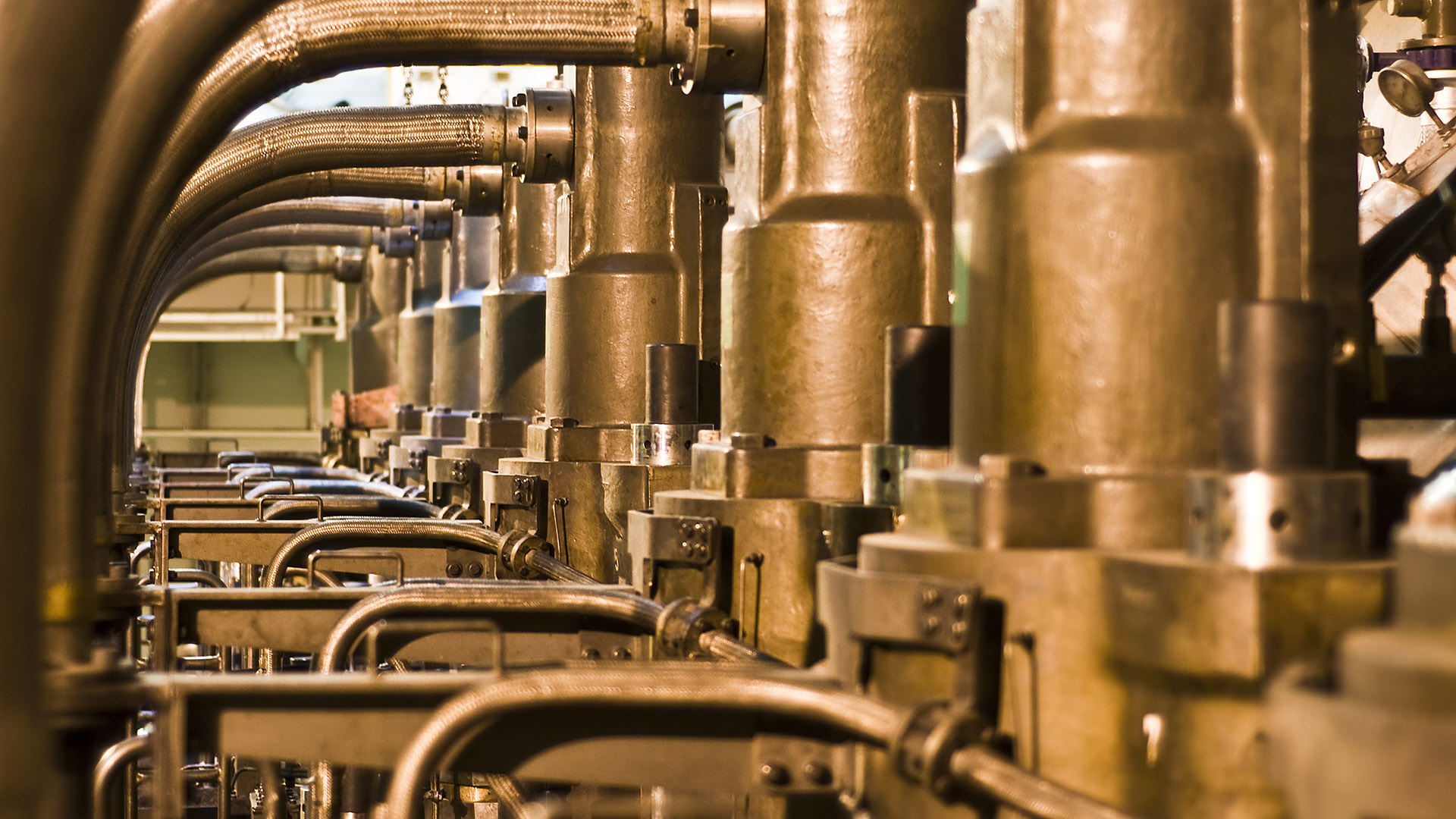
Fuel Management & Operational Issues 2020
In this article the matter is looked at from the Club’s Loss Prevention Department perspective, taking into account practical sea-going background and experience in ship technical management.
Written by Dmitry Kisil, Senior Loss Prevention Officer.
As from 1 March 2020 the carriage of fuel with sulphur levels greater than 0.50% will be prohibited unless the vessel concerned is fitted with scrubbers.
Among available compliance options, and given that the industry has experience with 0.1% S m/m fuels, which are used in ECA zones, use of 2020 compliant fuel, with less than 0.50% sulphur content, appears to be the most popular choice.
Composition of 2020 compliant fuel remains unknown but there are concerns that, even despite best efforts by fuel manufacturers and suppliers, technical problems brought about by certain characteristics of the new fuel oil are likely to be more frequent and more far reaching.
These concerns are:
- Compatibility / Stability
- Combustion / Ignition qualities
- Cat fines
- Unexpected or unusual fuel density vs viscosity compositions
- Cold flow properties
- Flash point
- Low viscosity
- Low sulphur content
Any of the onboard systems dealing with fuel may be affected, including but not limited to engines, boilers, purifiers, filters, tanks, heat exchangers, piping etc. As the industry gains experience in use of IMO 2020 compliant fuel other issues may arise and further advice will be given.
Purifiers
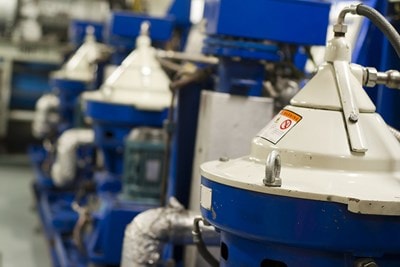
Purifiers are the first line of defence against contaminated fuel. They are also quite sophisticated pieces of equipment requiring maintenance and adjustment in order to perform their primary function – to clean the fuel to the standards required by engine and boiler manufacturers. Routine purifier maintenance consists of cleaning and inspection of various parts and components which will need replacement if found degraded. Engineers and engine room ratings spend a considerable amount of time and effort dealing with purifiers. When problematic fuel is bunkered, the time and use of consumables increase and requirements cannot be predicted with certainty. We would recommend to budget for additional costs and maintain increased stocks of spares on board vessels.
Increased outage time and reduced redundancy of the purifiers should be taken into account. Contemporary ships are usually provided with a pair of heavy fuel oil purifiers and one (seldom two) diesel oil purifier which usually serve independent parts of the fuel purification systems, in some cases the arrangements can be used interchangeably.
In order to assess the condition of the onboard purifiers more thoroughly it is worth considering inspection by the maker or its authorised dealer.
Ships regularly test purifier performance by taking samples before and after the purifier and checking them on board for water content. To assess the efficiency of the purifier in removing cat fines the samples will normally need to be analysed in a shore laboratory. However, there are portable cat fine content testers in the market. If such equipment is provided to the vessel, the ship’s crew will be able to keep closer eye on this important parameter.
If the purifier efficiency test is not the part of the vessel’s toolbox, the managers and the owners should consider its benefits in view of the current changes. Installation of an in-line monitoring system for cat fines may be another option worth exploring.
In view of anticipated fluctuations of fuel density the use of purifiers in “clarifier” mode may be advantageous as it will not require exchange of the gravity disc to correspond to the specific density of the fuel, but also may make the purifier less sensitive to the fuel inlet temperature, thus relieving the crew from these operational aspects.
With the imminent changes in the type of fuel used the importance of diligent record keeping cannot be overemphasised. Dedicated records related to the purifier operational condition such as fuel specific density and the size of the gravity disc used, set time of sludge discharge, the flow rate, inlet temperature, etc. may help prove that the purifiers were operated properly in case of fuel quality and propulsion related disputes. Planned maintenance and break-down repair records will also assist such defence.
Filtering equipment
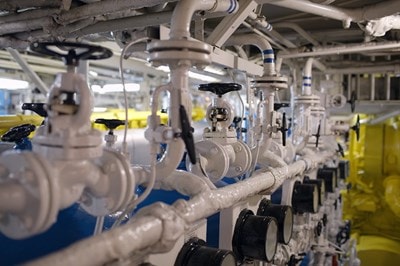
The onboard fuel oil cleaning system must operate efficiently in order to reduce the particle content of the bunker fuel oil. In particular, engine manufacturers require that the catalytic fines content is maintained below 15 ppm with a maximum particle size of 5 micron at the engine fuel inlet manifold.
Strainers, filters and other similar equipment fitted as a part of a fuel treatment installation on board may require extra attention in case of stability or compatibility issues, cold flow property problems and / or high content of the cat fines. Apart from additional maintenance efforts required from the crew, an increased use of spare parts and cleaning agents should be expected. Filtering equipment is usually duplicated in order to allow for timely cleaning and uninterrupted flow of treated medium.
However, in severe cases filtering elements can deteriorate so quickly that frequent replacement will be required. The stock of disposable cartridges should be increased. Condition of replaceable cleanable filtering elements will degenerate faster leading to premature renewal. In situations of extraordinary contamination there may be not enough time to soak the cleanable elements long enough and properly clean these elements, so it is advisable to increase the stock as well.
The use of a 10 μm filter elements serving auxiliary engines as well as the main engine should be considered. Installation of a finer than standard 10 μm filter mesh may be considered after consultation with engine maker. Boiler manufacturers may have similar recommendations.
Useful Guides:
Engines
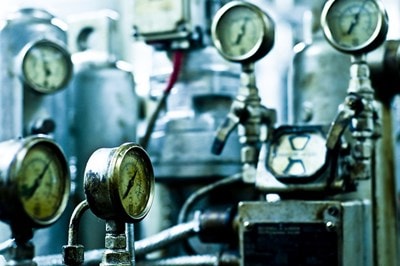
Increased demand for spare parts as well as for cleaning and maintenance should be anticipated. Engine outage time as a direct result of the fuel quality may influence normal operation of the vessel.
Depending on the fleet geographical location, planned overhaul of spare injection pumps and injectors may be outsourced to a reliable specialist company or to an actual original equipment manufacturer. Availability of the replacement pumps and injectors should be investigated, in case spares are required at a short notice.
Incomplete or poor combustion contributes to premature contamination of engine exhaust valves, exhaust gas turbochargers and exhaust gas boilers. In particular, exhaust valves and turbochargers may require additional expenditure on spares and maintenance, once vessels switch to new fuel.
Lubricity of low sulphur fuel has been identified as a possible issue. Sulphur is one of the elements in the fuel composition that contribute to fuel lubricity, lack of which may cause premature wear of rubbing engine components. The condition of used engine lube oil is an early indicator of accelerated mechanical wear of such components.
Several methods may be used to analyse lubricating oil for impurities. These include spectroscopy, microscopy, particle count and analytical ferrography.
Record keeping of engine planned maintenance, abnormal conditions and breakdowns will be most helpful in case of the incident investigation and insurance claim defence.
It is possible that some new fuel qualities such as viscosity or density will exhibit notable fluctuations what will require adjustment of the engine fuel supply / circulation system settings. Most of the engine builders require that viscosity at the engine fuel injection pump is around 2.0 cSt
CIMAC - Guideline for the operation of Marine Engines on low Suphur diesel
Consequently the fuel heaters and fuel viscosity controllers have to be checked in order to ensure optimal operation. Unless the viscosity controllers have been serviced by an authorised contractor already, it is worth considering such service on a one-off basis.
Similarly, fuel density has to match the fuel purifier gravity disc.
Fuel sulphur content verification
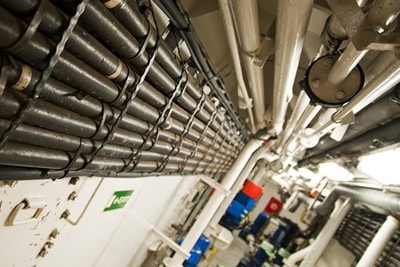
Taking onboard fuel, which later becomes unusable, due to the sulphur content exceeding the statutory limit poses several practical issues. Such non-compliant fuel may have to be discharged, which in itself is problematic and time consuming given that most merchant vessels are designed to stem fuel rather than to off-load it to a repository. Additionally, the bunker tank where such fuel was stored will have to be cleaned before replacement bunkers can be taken, in order to avoid the risk of sulphur contamination of the compliant fuel.
Auxiliary oil fired boilers and thermal oil heaters
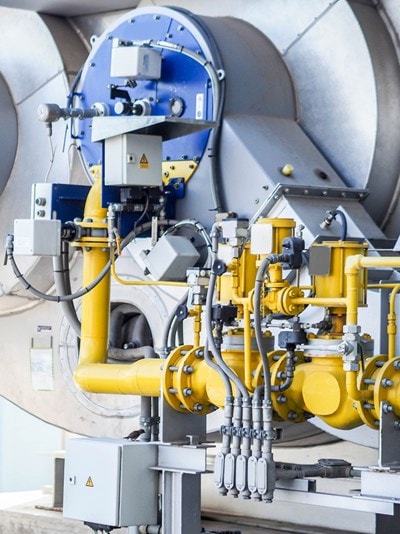
Combustion air blower adjustment may be required in order to keep optimal fuel-to-air ratio. Similarly, ignition control may have to be fine-tuned to allow a boiler to restart without interruption. Various designs of boiler fuel burners exist, some of which are more sensitive during the ignition phase of the boiler operation. Given that fuel heating demand on board may be reduced, then steam / thermal oil over-production should be anticipated. In case of reduced demand then this will cause auxiliary boilers to start / stop more frequently, while over-production coolers, which are used to control the output of exhaust gas boilers and economisers, will have to work more intensively. Operation of over-production coolers and condensers and other means of the exhaust gas boiler / economiser capacity control should be checked in advance.
Boiler efficiency depends on loading and is normally specified by boiler makers. Typically, maximum efficiency is achieved over a fairly narrow band of the load. After transition to IMO 2020 compliant fuel any lesser heating demand will translate into the boiler operating outside of this design load band. Operating the boiler at low load reduces boiler efficiency.
In addition, greater maintenance and cleaning may be required due to an increase in soot formation caused by inefficient oil-fired boiler burning process, as well as excessive smoke emissions from the engine room exhaust pipe stack which may appear during the start-up and / or during operation.
Managers and crews will be well aware of an increased risk of a boiler explosion after it has repeatedly tripped by a flame failure alarm. Unstable operation of the boiler may be caused by quality of fuel, with cold flow properties being one of the reasons for repetitive trips. One such example being the explosion of the Auxiliary Boiler on board of Container Vessel MANHATTAN BRIDGE ( MIAB Safety Bulletin ,
Tanks and extra sludge production

Given that IMO 2020 compliant fuel contains considerably less sulphur than residual fuels which are presently in use on board most ships worldwide, it can easily be contaminated if it is bunkered into tanks where there are remnants of existing fuel.
Some of the fuels complying with the 0.50% sulphur limit are expected to be very paraffinic due to crude sources of blending components and also a high content of distillate components. If such fuels are loaded into HSFO fuel tanks that have not been cleaned, there is a possibility that they could dissolve and dislodge sediments and asphaltenic sludge in storage tanks, settling tanks and pipelines, potentially leading to purifier and filter operational issues and in extreme cases fuel starvation resulting in loss of power.
Manual cleaning in dry docks and alongside the berth, performed by specialist companies, is the most straightforward option, however it may not be available due to a number of reasons. When the tank cleaning is performed by the crew either alongside or at sea, it must be ensured that on each and every occasion correct entry procedures are followed because so many lives have been lost at sea in enclosed and confined spaces.
Tank cleaning needs to be carried out in accordance with Ship Implementation Plan. In the case of manual cleaning it may be useful engaging an external surveyor to verify cleanliness.
The importance of meticulous documenting of all aspects of tank cleaning process cannot be overemphasized; logs and other documentary evidence may be required to protect shipowner’s position in case of any dispute related to fuel sulphur content and preparation for implementation of new regulation.
Tank cleaning may also be required after Jan 2020 in case 0.50% sulphur fuel is unavailable and a ship has to bunker non-compliant fuel in order to continue the voyage.
When a vessel operates on heavy residual fuel, sludge production is typically 1% of bunkered fuel quantity. Given that there is an increased likelihood of incompatibility and instability of fuels after Jan 2020, then an increased sludge production has to be considered as an aspect of normal vessel’s operation. Fuel tanks may require more frequent bottom draining, additional purification cycles and purifier sludge discharge at shorter intervals will unavoidably translate into greater amount of overall sludge output. Such sludge will become a loss, since in general it cannot be recuperated on board and used in marine engines.
Incineration or landing ashore of oily garbage ensuing from fuel oil tank cleaning operations should be recorded in the Garbage Record Book. In respect of the sludge and settled water collection Example #2 should be followed. Disposal or transfer of sludge including evaporation of water from sludge collection tanks when such tanks are heated would be covered by Examples #3 to #9. The ORB entry regarding de-bunkering of Fuel oil is shown in Example #22.
